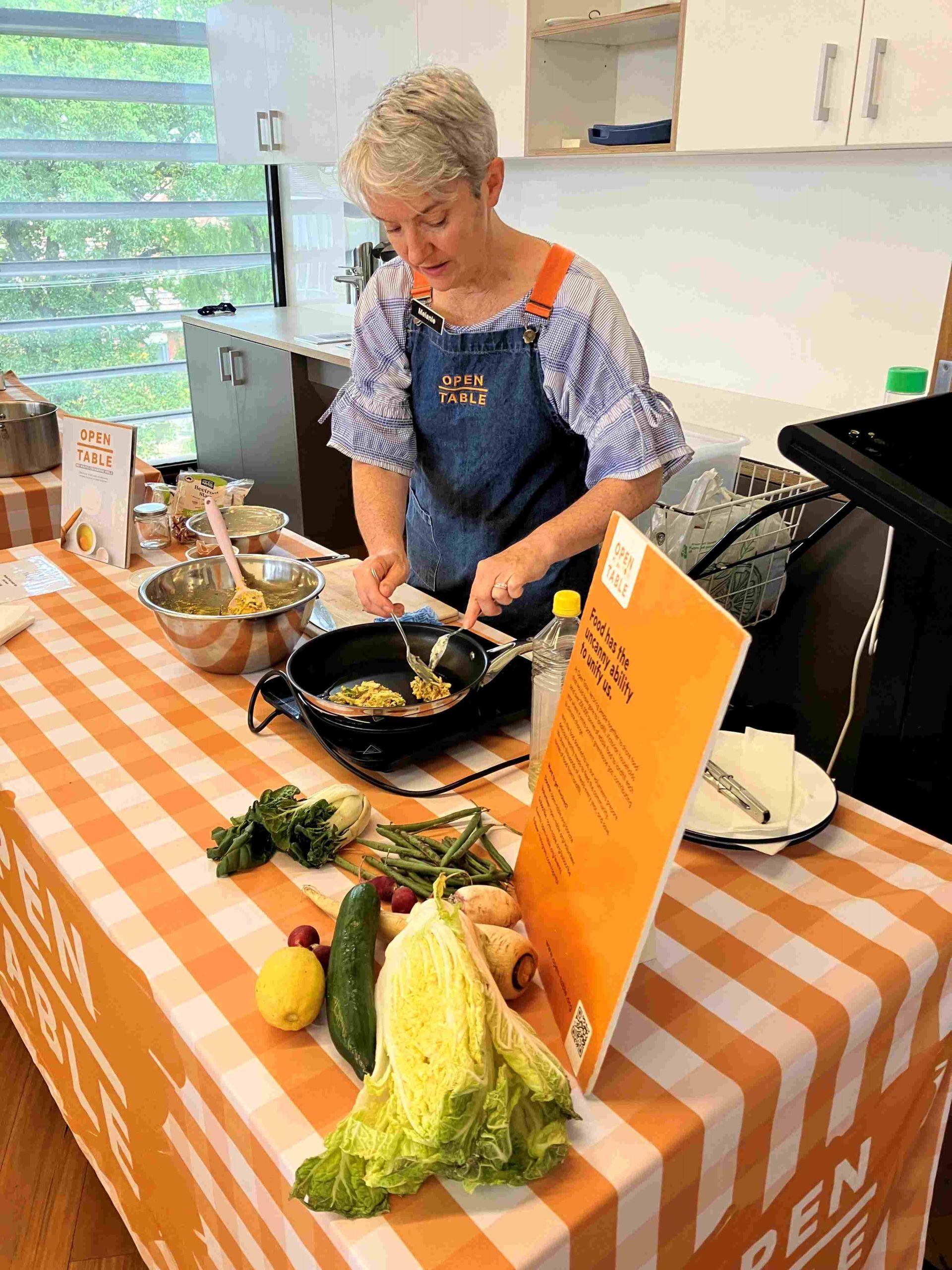Back
Tips to Reduce Food Waste
Waste
Notes prepared by Melanie Ryan, Open Table 2025

Meal planning
Meal planning reduces the risk of over-purchasing food, so you spend and throw out less.
- Check what you’ve got – what’s in the fridge or the back of the pantry that needs to be used up.
- Write a simple meal plan for the week ahead – incorporate leftovers, allow for flexibility and your plans for the week.
- Write a shopping list – things in season are often cheaper so swap out for what’s available.
- Buying in bulk – only for pantry staples that you’ll use and that will last.
- Use your freezer – freeze leftover meals for later and remember to use them in your future meal planning.
Food Storage
How we store our food can make a big difference to how long it will last.
- Bread – keep in a paper bag or bread bag. Keep your sliced bread in the freezer, never in the fridge.
- Leafy greens & soft herbs – in the fridge crisper, in a container with paper towel or wrapped in a tea towel.
- Fruit & Veggies – keep separate, fruit emits a gas called ‘ethylene’ so need to be kept separate from veggies.
- Bananas – in their own fruit bowl or they will over ripen your other fruit.
- Avocado, tomato & stone fruit – only put in the fridge when they’re ripe, otherwise leave them on the bench.
- Apple, pear, berries, grapes & orange – best kept in the fridge.
- Potato, onion, whole pumpkin & sweet potato – keep in a cool, dark, well ventilated place.
- Ginger & chilli – freeze whole then slice or grate straight into your cooking pot.
Work with what you’ve got
With a bit of planning, you can save yourself time and money and reduce your environmental footprint by enjoying leftover ingredients and meals.
- Bread ends – toast them in the oven and blitz into breadcrumbs.
- Sad looking veggies – use them up in soups, curries, frittata, fritters or bolognese.
- Leftovers – curries and stews make great fillings for pies or pastries.
- Get creative – make small adjustments to recipes to use up what you’ve got rather than buying more, like using lentils instead of mince meat, or swapping onion for celery.



